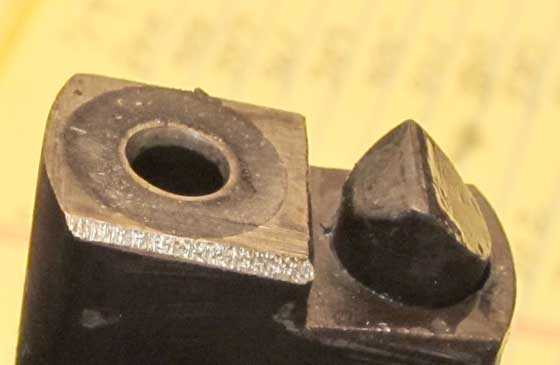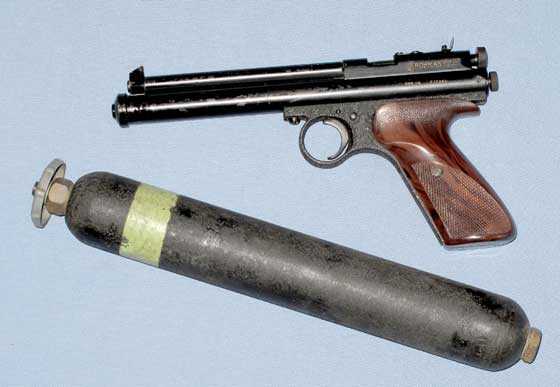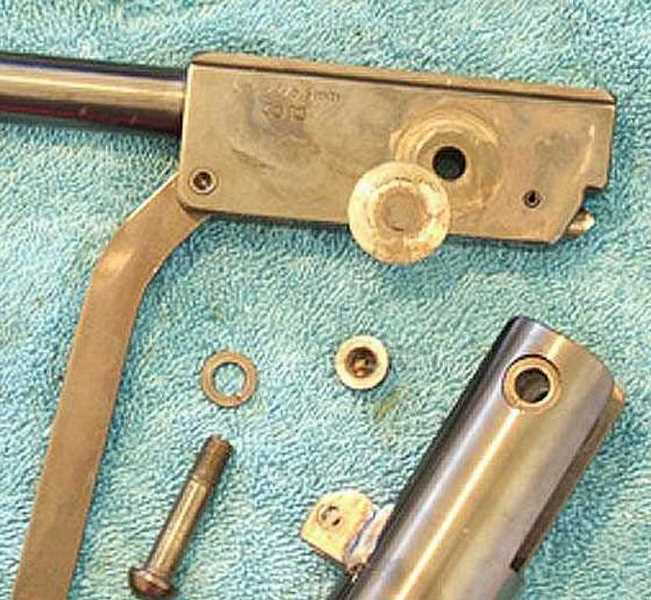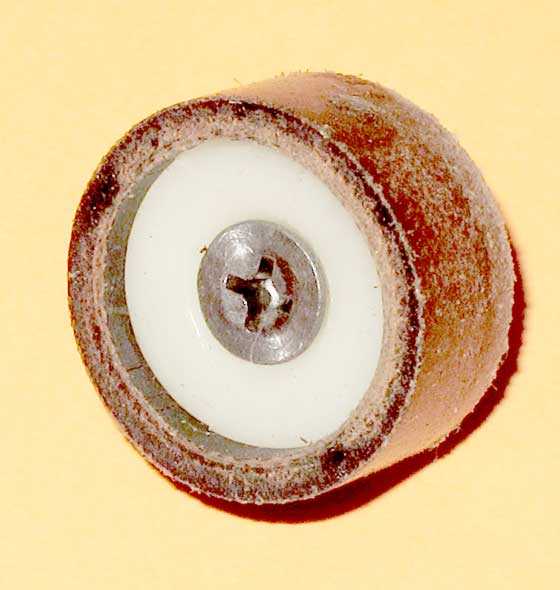Slavia 618 breakbarrel air rifle: Part 2
by Tom GaylordWriting as B.B. Pelletier Slavia 618. Part 1 History of airguns This report covers: Before the test RWS Basic How does it shoot? Crosman Premier Light Discussion 1 Re-test with the “new” seal Basic test 2 Premier Light test 2 Discussion 2 Cocking effort and trigger pull Summary Today I test the velocity … Read more




